|
For practice making kid-friendly snacks, as well as the chance to ask questions of your local Registered Dietitian, join us for our Sensational Snacking class at the Verdant Community Wellness Center on Saturday, May 6th. The hands-on portion of the class is for kids ages 7-11 years old, while the parents get to have their own information session with a Registered Dietitian. We will all sample the tasty snacks together! Register online.
0 Comments
What are prebiotics? Prebiotics are a substance that is not digested, but is fermented by gut bacteria and act as food for probiotics. Different sources of prebiotics feed different probiotic strains or types. Eat a variety of different prebiotic foods to help maintain a variety of different good bacteria in your gut. Examples of foods that contain prebiotics include:
For more information on Probiotics and Prebiotics, join us on June 8th at the Verdant Community Wellness Center for our class on: "Feeding Your Gut Microbiome with Pre and Probiotics". In the meantime, check out this recipe for overnight oats! The yogurt provides probiotics, while the oats provide prebiotics. Talk about a power pair! ~Leah, Dietetic Intern 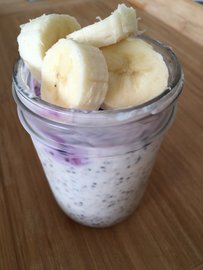 Overnight Oats Makes 1 serving Recipe by Leah Swanson Ingredients: 1/3 cup low-fat plain Greek yogurt 1/3 cup milk of your choice 1/3 cup rolled oats 1 Tablespoon chia seeds 1 teaspoon maple syrup or honey ¼ teaspoon vanilla extract Optional: fruit of your choice (banana slices and frozen berries are my favorites!) Directions:
Mix it up! Other fun additions include hemp seeds, ground flax seeds, cinnamon, or chopped nuts. You can also try substituting kefir or any non-dairy yogurt for the Greek yogurt. Getting your kids to make healthy snack decisions can be a constant battle. As you peruse the aisles of the grocery store together, you may be bombarded with the usual, “Can we get Doritos?” “Sally has Twinkies at lunch, why can’t we get Twinkies?” As a parent, you want to give your children what they want, but you also want to give them something that will nourish their growing bodies. So what are some guidelines for healthy snacking? Let’s decipher the list together.
Food Pairings Mix and match! Snacks are our chance to fill in nutrient gaps. Make the most of snack time by pairing foods from 2 of the above categories together. This will create a snack that will keep your kids full and energized until dinner time! Happy & Healthy Snacking, ~ Lauren Hoffman, Bastyr University Dietetic Intern 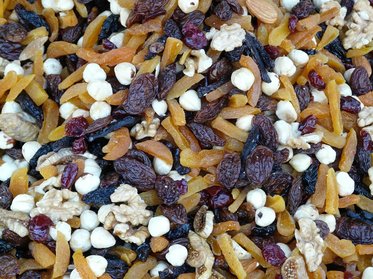 DIY Trail Mix Makes 12 servings Ingredients:
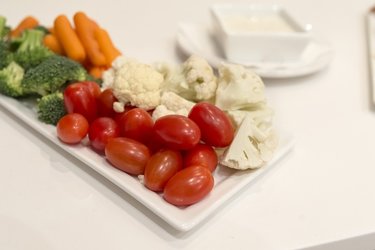 Greek Veggie Dip Makes 4 servings Ingredients:
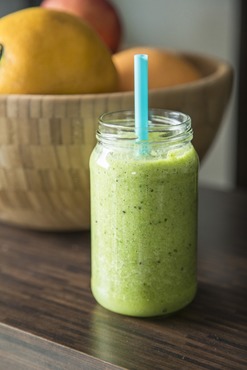 Banana Chia Smoothie Makes 4 snack servings Ingredients:
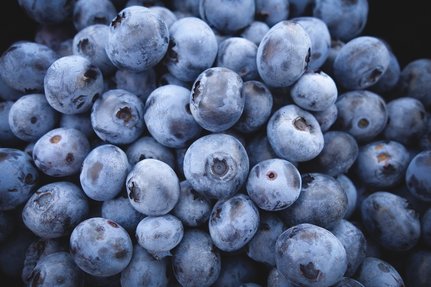 PB and Berry Roll-Up Makes 4 snack servings Ingredients:
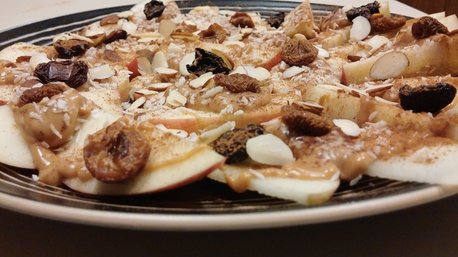 Loaded Apple Nachos Makes 2-3 servings Apple nachos are a fun way to get a full serving of fruit, natural sweetness from a sprinkle of dried fruit, and a combo of crunchy and creamy textures from protein-packed nuts and seeds. This is a snack that can look beautiful for both after school snacks or parties. And the best part is that it only takes 5 minutes of prep! Ingredients:
|
SD BlogA place for our consultant Registered Dietitian Nutritionists (RDNs) to share nutrition science, yummy and healthy recipes, tips on seasonal ingredients, and other nutritional musings. Enjoy! Categories
All
Archives
May 2024
|

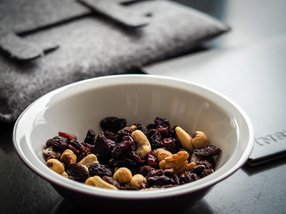





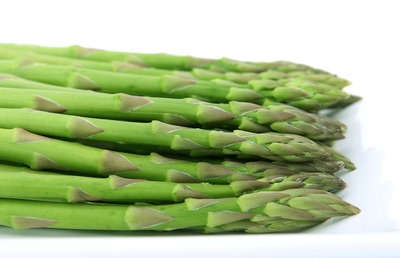
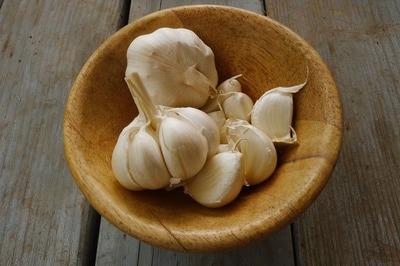
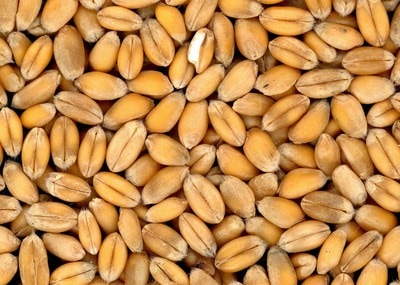
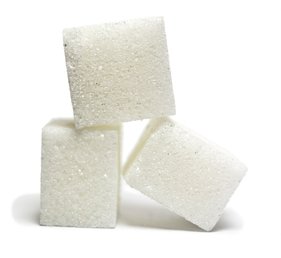

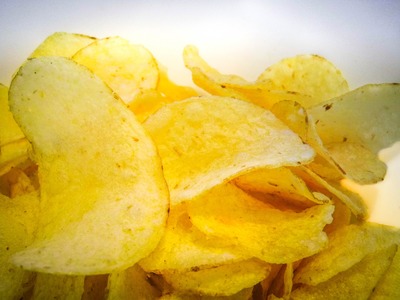

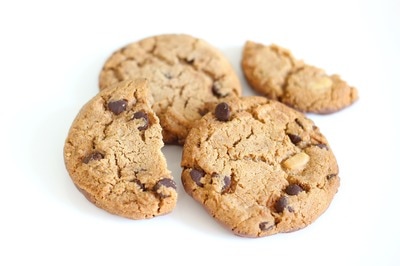
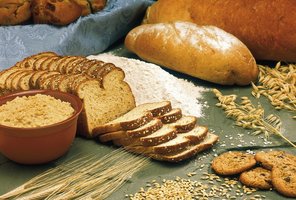

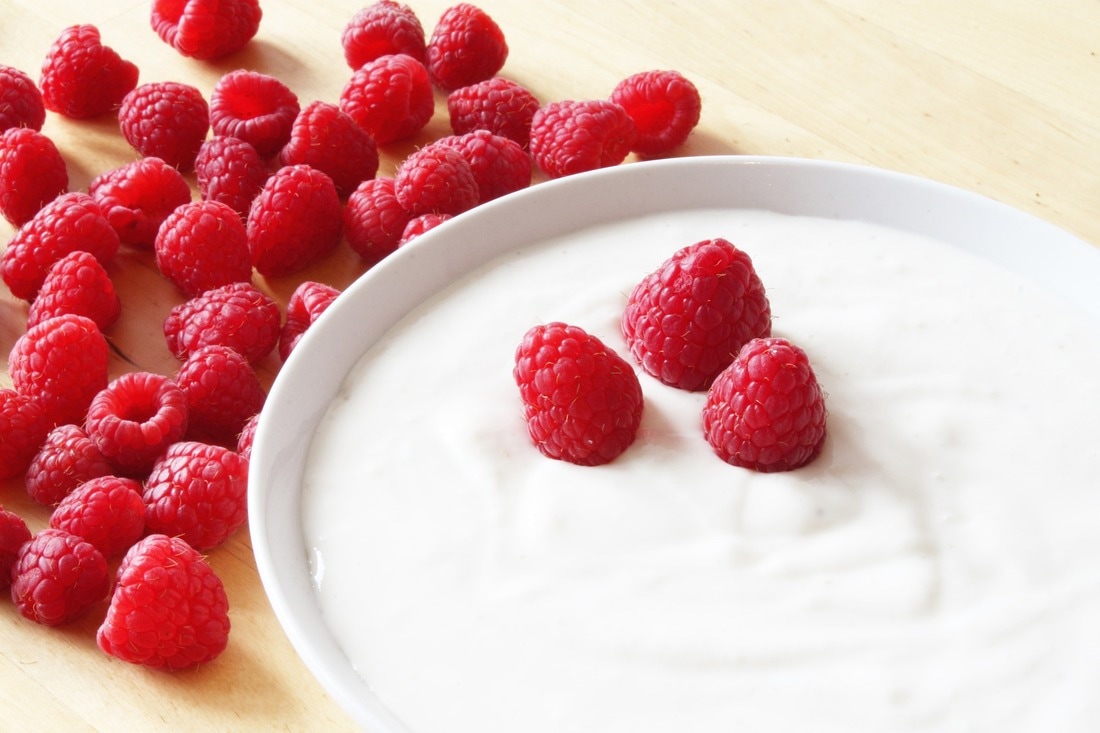
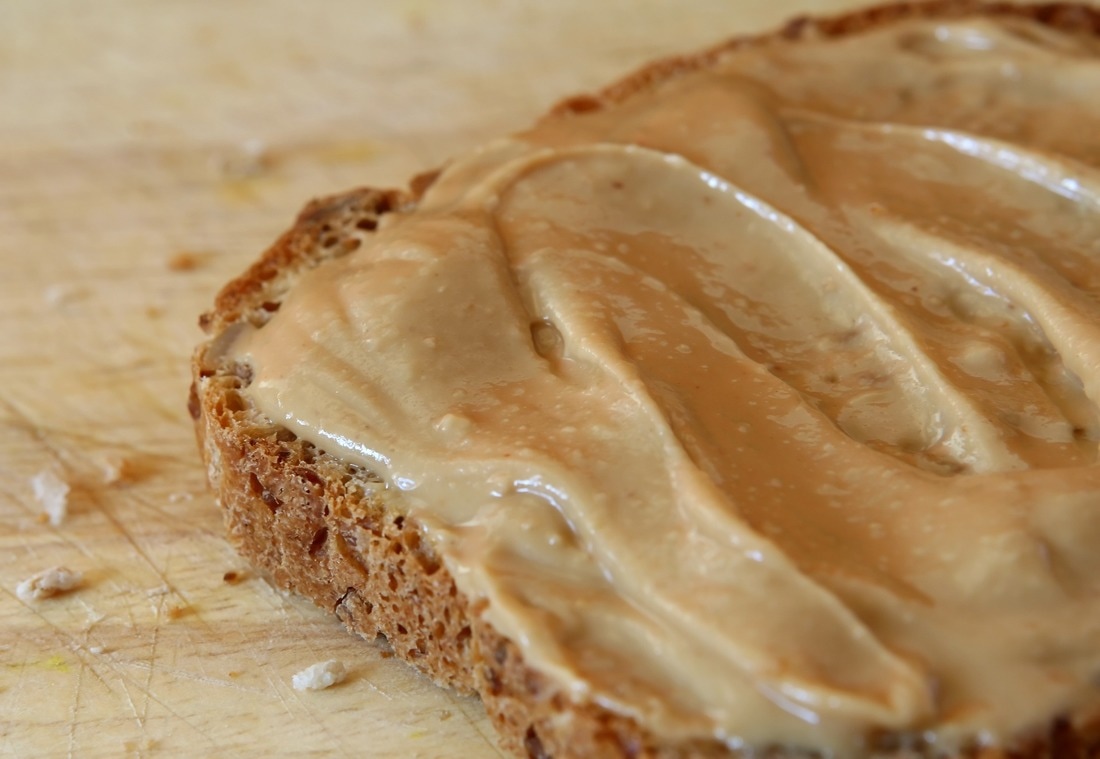
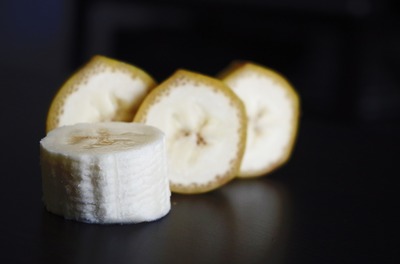
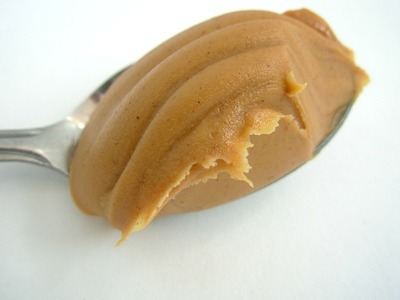
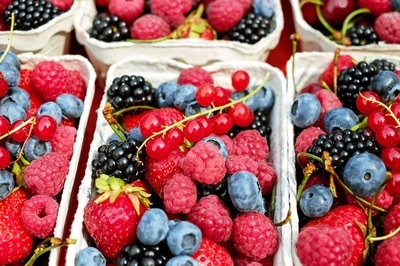
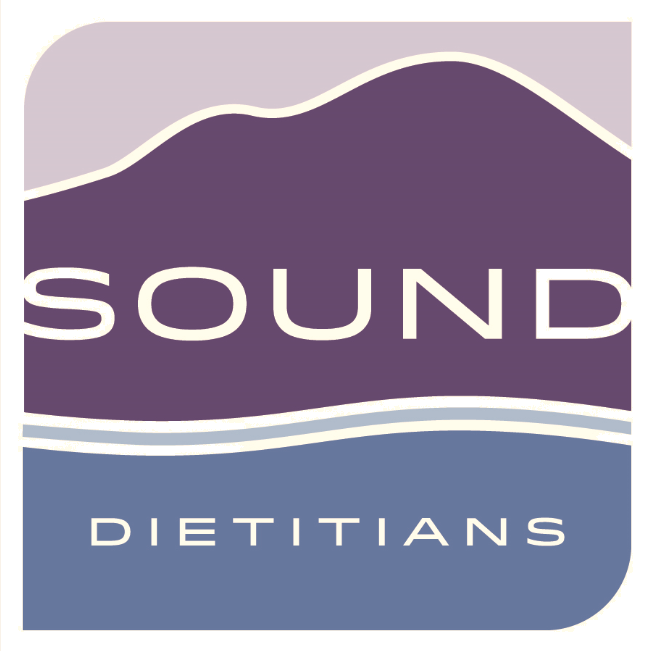
 RSS Feed
RSS Feed